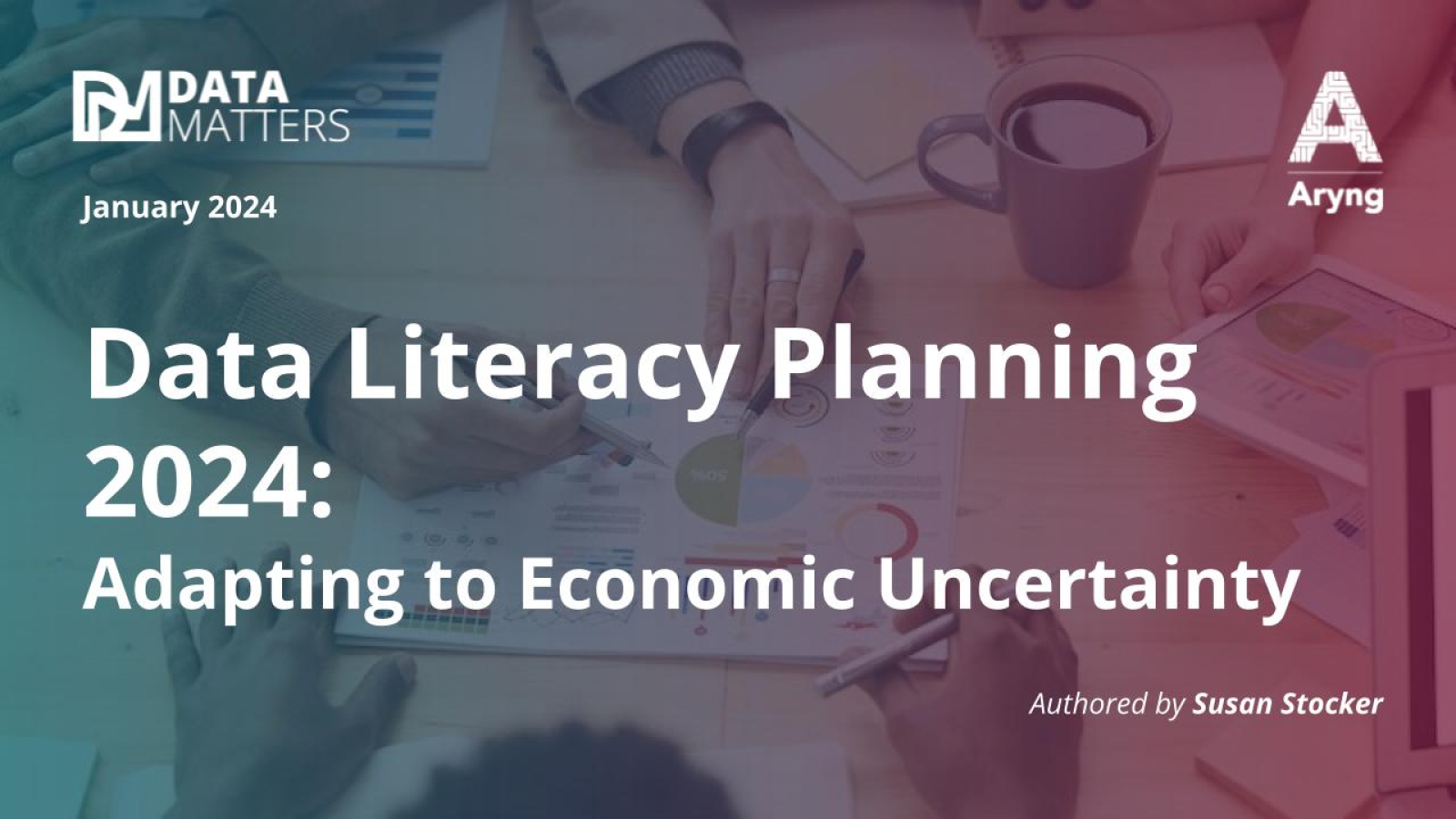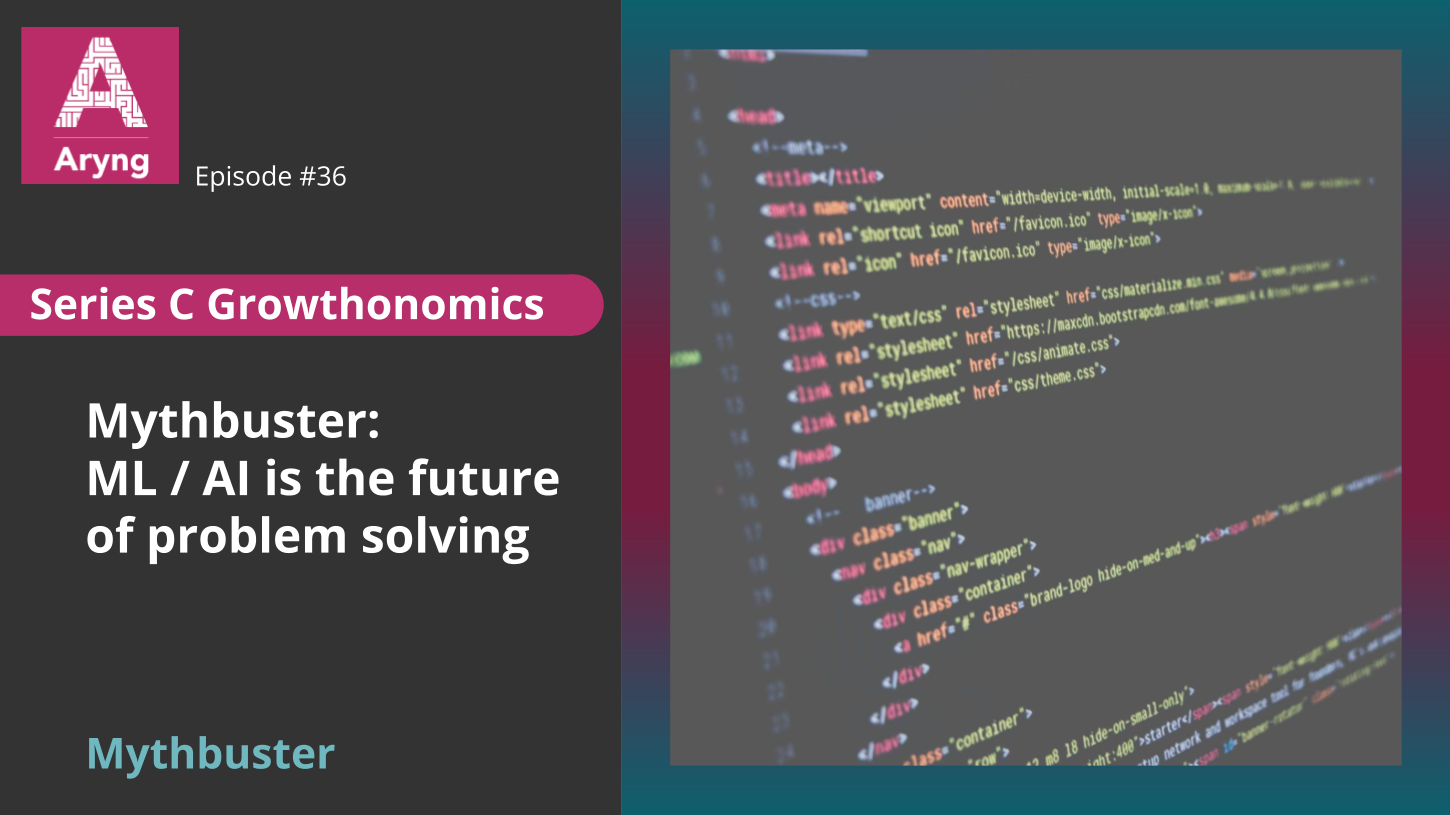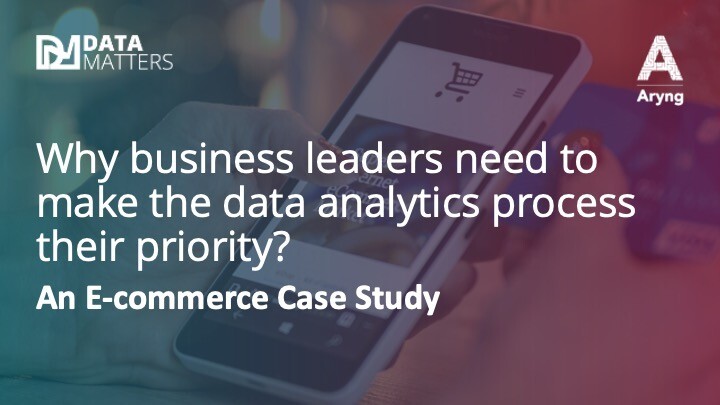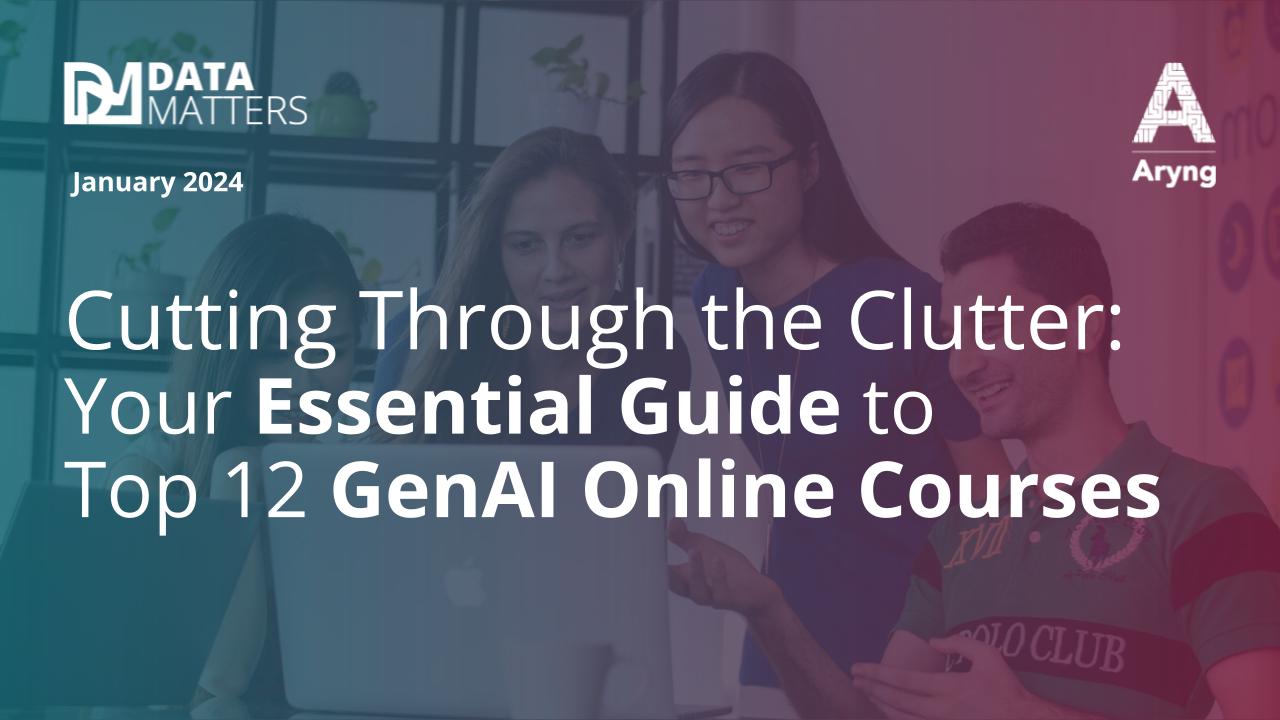Does it seem like 2024 is starting with more uncertainty compared to previous years? Charts like FRED certainly support that feeling. Economic fluctuations, policy shifts, and geopolitical events dominate headlines, making it crucial for organizations to quickly adapt.
In times of great uncertainty leaders have to scrutinize the investment in strategic initiatives. Whether to risk making the investment or get caught sitting on the sidelines. In today’s VUCA world, leadership’s short term decisions can be just as challenging as long term strategic ones.
This can impact Data Literacy (DL) programs where the decision to invest can be impacted by the levels of uncertainty and risk.
Spending Approval May Get Tougher
We anticipate that some executives will keep budgets tight through the first quarter of 2024 and perhaps into the second quarter. Large scope programs and anything that negatively impacts productivity may get deferred. This can put the launch date of your enterprise DL programs into question.
So, while it may seem like your roadblock is a lack of approval to spend money, is that the real issue and is there something you can do? After many years of crafting training budgets and implementing large programs, I can share a few practical ideas.
Phased Approach: Making Uncertainty an Ally
Acknowledge the uncertainty by derisking the investment. Instead of seeking approval for the entire DL program’s funding, consider a phased implementation roadmap that matches partial funding with tangible results in each stage.
Match phased investment with potential ROI
Design each phase of your roadmap to deliver business value or ROI:
- Outline a specific theme for each phase
- Show 3-4 key outcomes that have tangible benefits
- Identify impacted stakeholders
- Provide a clear cost estimate
- Set realistic start and end date
Here is an example of a Data Literacy Roadmap (anonymized) that has been used many times in this type of environment and almost always receives approval.
In this example, the DL Roadmap presentation was made along with a $50K Purchase Order request for Phase One. This was about 25% of the total DL training budget. When Phase One deliverables were finished, the ROI from hands-on projects more than covered the funding that would be needed to complete phases 2 and 3. In other words, you are funding your own project and de-risking the investment decision.
Data Literacy Roadmap Example
Overall DL Program Outcomes: |
Scope & Budget Estimates: |
| Business Impact/ROI | 2500 trained over 18 months |
| Data driven mindset, alignment, accountability | 16+ business analytics projects launched |
| Structure analytics process & common language | Avg. 5.3 training hrs person |
| Avg. Cost of $80 per person, or $15 per hour of training per person (ex labor cost) |
Phase 1 “Enable Ops ROI” |
Phase 2 “Cross-Function ROI ” |
Phase 3 “Scale ROI” |
Outcomes |
Outcomes |
Outcomes |
| 250 trained (10%) | 750 trained (30%) | 1500 trained (60%) |
| Key Operations project use cases for training cohort projects | Ops, marketing, supply chain Quarterly review of key metrics Courses customized with Phase 1 use cases |
DL champions in every function DL Community – use case best practice sharing |
| 4 project cohort trained, 6+ Project ROIs | 6 project cohorts, 6+ Project ROIs | 3 cohorts, 4+ project ROIs |
| 1 leadership workshop | 1 leadership workshop | |
| Budget: <$50K | Budget: $75K estimate | Budget: $75K estimate |
| Timeline: 3 months | Timeline: 4 months | Timeline 6 months |
Align to business strategy
Make hands-on business use case projects part of the learning plan. Partner with business leaders to choose business use cases that are strategically relevant and/or can help to reduce uncertainty. We do this in a leadership workshop that helps them understand how to be a data-driven leader.
Reduce the number of approvals
In some organizations, the dollar amount determines how high up you have to go to get approval. In this case, it can be easier to get leadership buy-in if you know what amount requires fewer decision-makers. For example, you may approach Marketing or Operations leaders with a phase-one plan that they can approve.
Preparing for Phase Two and Beyond
When you go for phase two funding, you have the project ROI stories from Phase 1 to share. This shows your DL program is about action and scaling value. It is not about theory or just training more people. Learning while doing hands-on work will minimize the impact to productivity.
Present your plan as a “showcase” on how to start small and then scale value. Most training plans start with a “pilot” on how to scale participation but lack any success metric to address the leader’s concerns about risk.
Finally, uncertainty is what opens the door to change. It is the best time for people to learn something new. It is the best time to give up old ways of thinking.
Concluding Thoughts
Whether you are just starting your DL program or scaling it, there is a lot you can accomplish with a reduced spending request. The trick is to find out what amount can be approved now and then use it to deliver value.
Leaders have to decide where to invest money and resources. They cannot evaluate your DL program against other investments if they don’t understand it. So, a lack of spending approval is often a lack of understanding what the training is going to do for the organization. I hope the example shown here will help you build understanding with your decision makers.
Authored by: Susan Stocker

Author of the article










